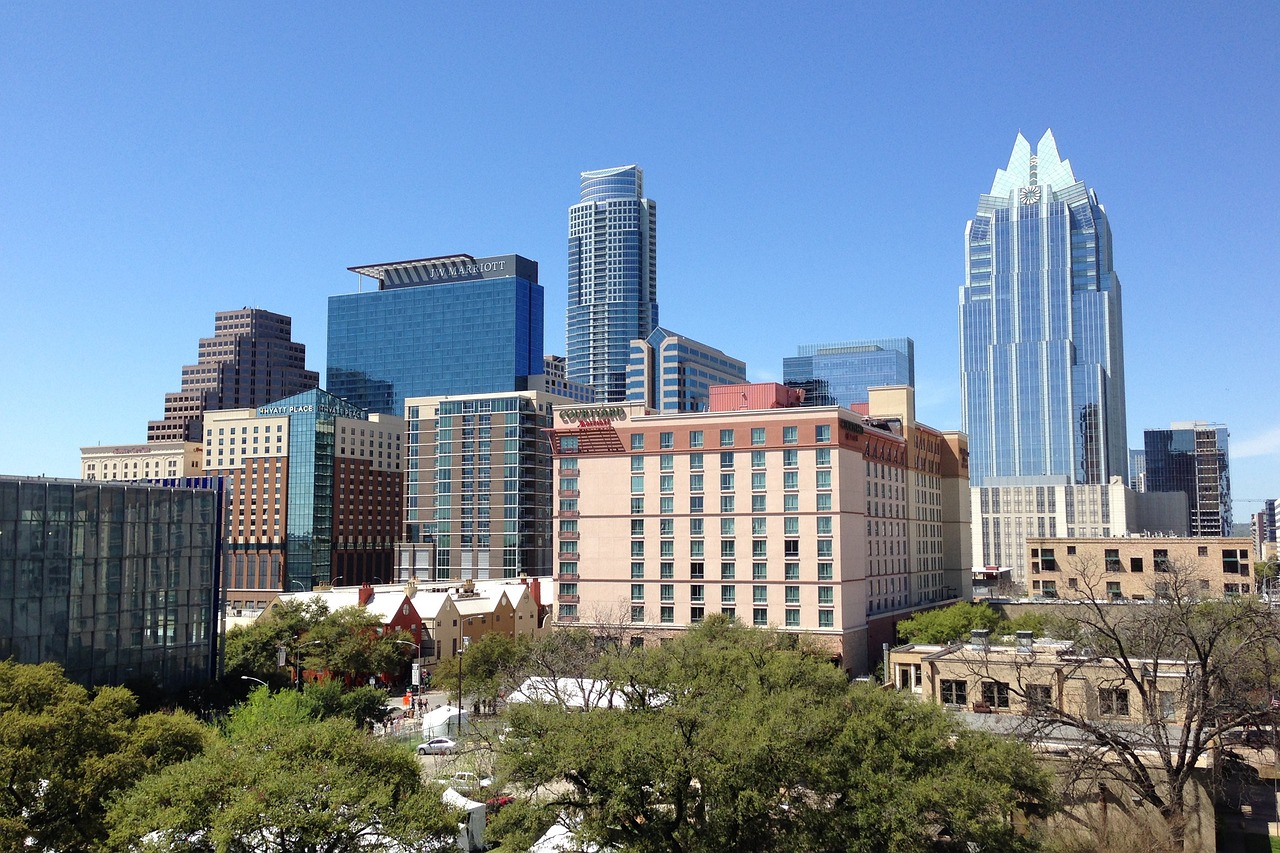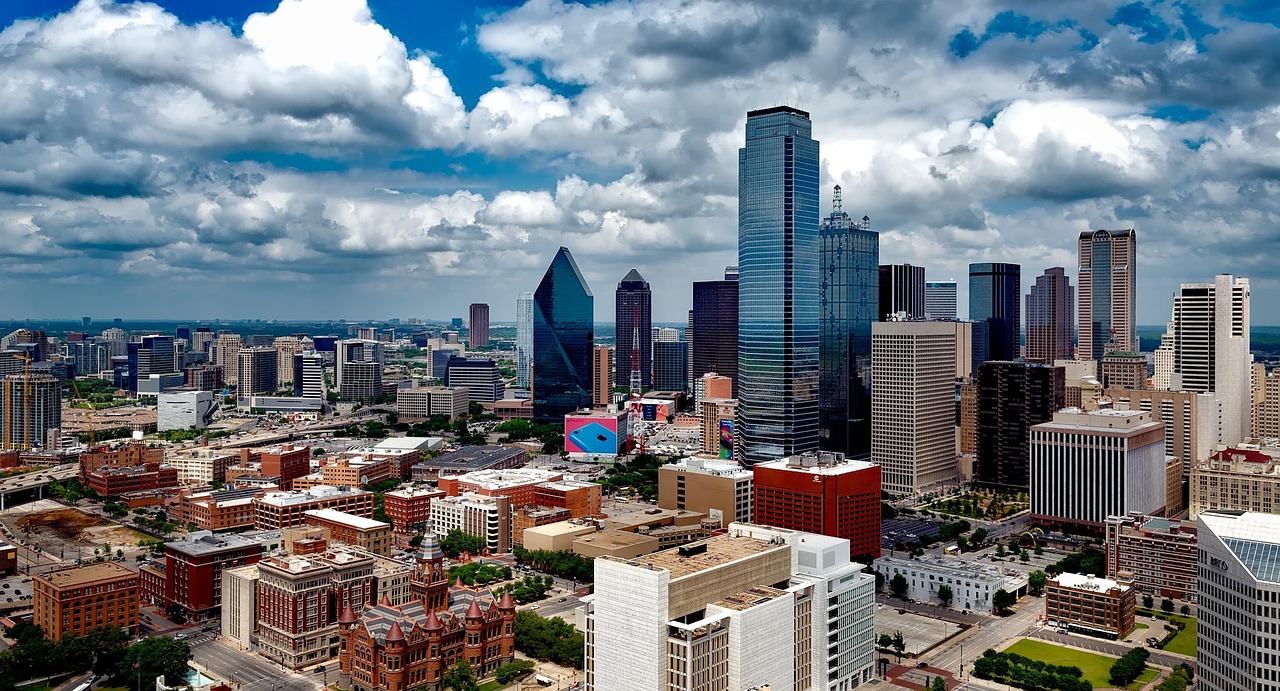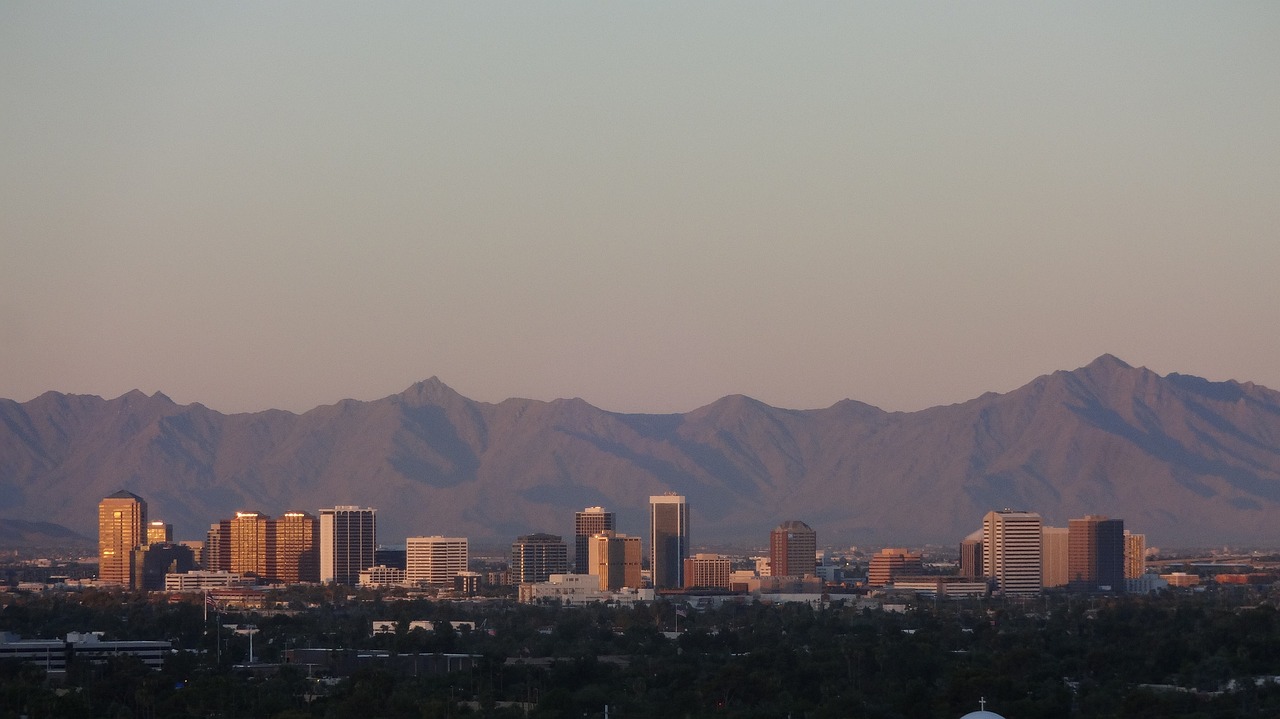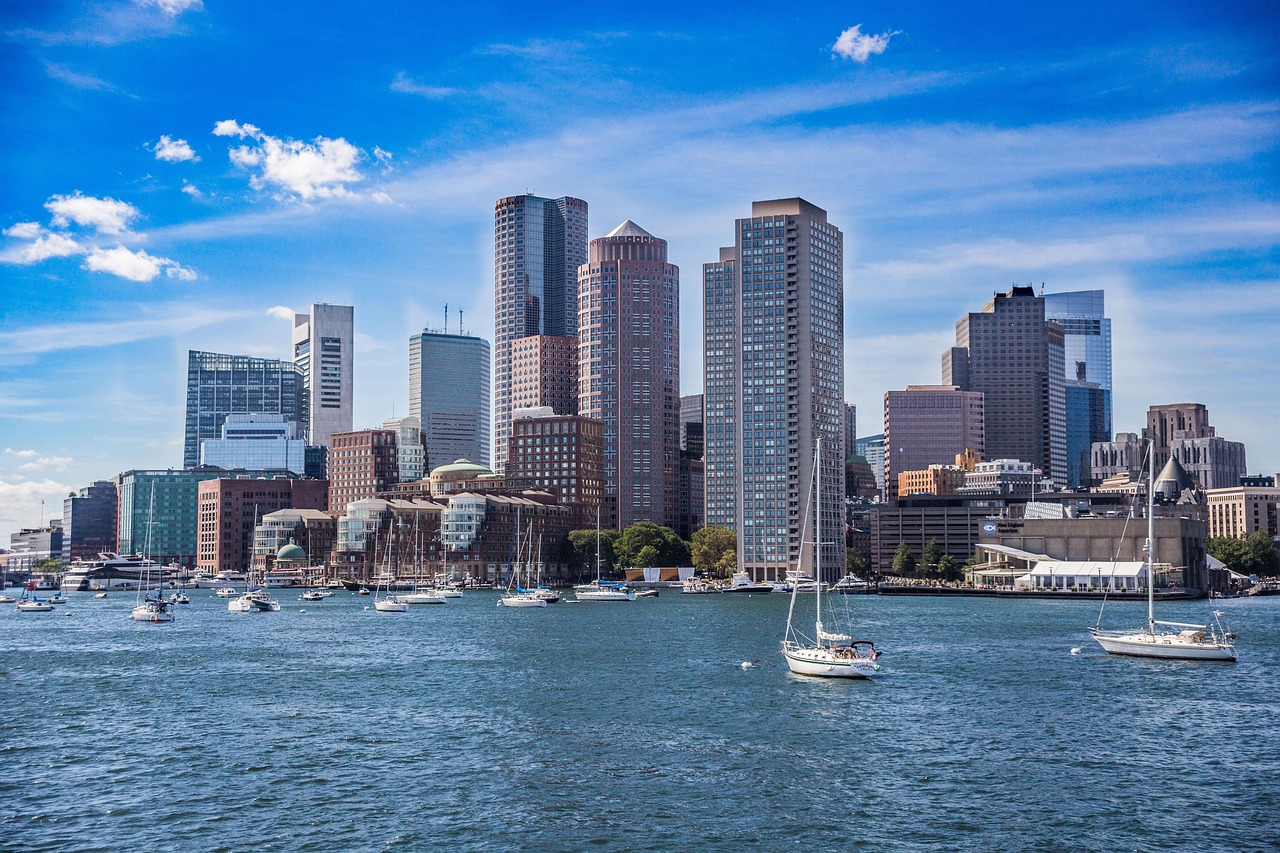
Planning a trip can be hard. Sicily is the largest island in the Mediterranean Sea. This post will show you why it’s a must-see place. Keep reading to discover more!
Key Takeaways
- Sicily has a diverse landscape with Mount Etna, an active volcano, and beautiful coastlines that attract tourists.
- The island’s history includes Greek, Roman, Arab, and Norman influences seen in its architecture and art.
- Sicilian cuisine blends flavors from various cultures offering dishes like arancini, cannoli, and local wines such as Marsala.
- UNESCO World Heritage Sites like the Archaeological Area of Agrigento add to Sicily’s appeal for history lovers.
- Visitors can explore Sicily by bus, train or car to see its cities, ancient sites, and beaches.
Geography of Sicily

Sicily, an Italian island in the Mediterranean Sea, is characterized by its diverse geography. The region boasts towering mountains and scenic valleys alongside picturesque rivers and stunning coastlines, with a climate that varies from subtropical to Mediterranean across the island.
Mountains and Valleys
Mount Etna stands tall on this island. It’s not just any mountain; it’s an active volcano. People come from far to see it. Its height and smoke make a big picture against the sky. The valleys around are green and full.
Other mountains here have their charm too. The Madonie and Nebrodi ranges offer trails for walking. They let you see Sicily from up high, touching the clouds. These places have small villages where life moves slow.
You can walk for hours and find peace away from busy cities.
Rivers and Coastlines
Sicily has many rivers, but they’re small. The longest is the Salso, which runs for 144 kilometers. Rivers here don’t flow all year. They fill up in winter and spring but dry out by summer.
This happens because Sicily gets hot, and it doesn’t rain much then.
The island’s coastline stretches over 1,000 miles. It’s full of beautiful beaches that attract visitors from around the world. Places like Taormina offer stunning views of the Mediterranean Sea and have clear blue waters perfect for swimming.
Next, let’s talk about the climate in Sicily.
Climate Overview
Sicily enjoys a Mediterranean climate. This means warm, sunny summers and mild, wet winters. The island sees over 2,500 hours of sunshine a year. Temperatures in summer often reach above 86°F (30°C).
In winter, they rarely drop below 50°F (10°C).
Mount Etna can affect the weather nearby. It makes the east side cooler than other parts of Sicily. Rain falls mostly between October and March. So, visitors find lots of sun and clear skies most times of the year.
History of Sicily
Sicily has a rich and varied history that spans from ancient Greek and Roman periods to Arab and Norman rule, making it a captivating destination for history enthusiasts. The island’s diverse heritage is reflected in its architecture, art, and traditions, offering visitors a unique opportunity to immerse themselves in centuries of cultural influences.
Ancient and Classical Periods
Sicily has a rich history dating back to ancient times. Around 750 BC, the Greeks established colonies in Sicily, leaving behind significant cultural and architectural influences. The city of Syracuse became one of the most powerful Greek cities, renowned for its advanced art and knowledge.
During the Classical Period, Sicily was subject to various rulers such as the Romans and Carthaginians who battled for control over the island. This period saw significant developments in trade and agriculture, making Sicily a crucial region in the Mediterranean world.
The Roman rule left an indelible mark on Sicilian culture and infrastructure, evident in many surviving ruins and artifacts today.
Arab and Norman Influence
Sicily has been influenced by both Arab and Norman cultures, leaving lasting marks on the island. The Arab influence can be seen in Sicilian art, music, and architecture. It’s evident in the intricate mosaics and ornate designs found at places like the Palermo Cathedral and Cappella Palatina.
Additionally, Arabic is woven into the local dialects and language.
Afterward, the Normans made their mark through military conquests and brought their own architectural style which can be observed in structures like the Cefalù Cathedral. Their reign also saw a blending of cultures as they absorbed some of the Arab influence already present on Sicily.
This unique fusion left a profound impact on Sicilian culture that is still visible today.
Throughout history, these influences have shaped Sicily into a captivating blend of Mediterranean customs with touches of Arabian opulence and Norman grandeur.
Italian Unification and Modern Era
In the 19th century, Sicily was under Bourbon rule until the Italian unification in 1861 when it became part of the Kingdom of Italy. This marked a significant shift in Sicily’s governance and economy, as it transitioned from an insular kingdom to being integrated into a unified Italy.
The modern era saw Sicily facing economic challenges, such as high unemployment rates and public debt; however, efforts have been made to develop tourism and infrastructure to boost the region’s economy.
The Italian unification brought about changes in culture and traditions on the island. It led to standardization of language across Italy, impacting local languages and dialects in Sicily.
Furthermore, during the modern era, Sicilian society dealt with issues like organized crime associated with the Mafia. Despite these challenges, contemporary Sicilian culture continues to thrive through its rich artistic heritage seen in Baroque architecture and influential contributions to music, film, and literature.
Culture and Traditions
Sicilian culture is rich in art, architecture, music, and literature deeply intertwined with its complex history, offering a captivating blend of influences from various civilizations — why not explore this vibrant mix further?
Art and Architecture
Sicily boasts a rich history that’s reflected in its diverse art and architecture. With influences from the Greeks, Romans, Arabs, Normans, and Spanish, Sicilian art showcases a blend of styles – from ancient ruins to Baroque churches.
Visitors can marvel at well-preserved Greek temples in Agrigento or explore the medieval Norman fortress in Palermo. The island is also home to stunning Baroque architecture found in cities like Noto and Catania.
Local artisans continue Sicily’s tradition of craftsmanship by producing intricate ceramics and vibrant mosaics inspired by the island’s multicultural heritage. In addition to historical treasures, modern art galleries feature contemporary works reflecting Sicily’s dynamic cultural scene.
When visiting this Mediterranean gem, travelers are sure to be captivated by the diverse artistic expressions deeply entrenched within Sicilian society.
Music, Film, and Literature
After exploring the art and architecture that reflect Sicily’s rich cultural heritage, let’s delve into its vibrant music, film, and literature scene. Sicilian folk music is deeply rooted in the island’s history, with traditional instruments like the tambourine and zampogna (bagpipe) still being used today.
Notable Sicilian musical genres include “Opera dei Pupi,” a form of puppet theater accompanied by singing and music, along with “Cantu a timuni,” a poetic song tradition.
When it comes to film, Sicily has been immortalized in several renowned movies such as “The Godfather” trilogy directed by Francis Ford Coppola. The island’s dramatic landscapes provide an evocative backdrop for many cinematic classics.
Additionally, literature enthusiasts are drawn to works inspired by Sicily’s unique culture and history – from Giuseppe Tomasi di Lampedusa’s iconic novel “The Leopard” to Andrea Camilleri’s beloved Inspector Montalbano detective series.
Sicily has contributed significantly to Italy’s artistic landscape through its distinctive musical heritage, captivating films set against stunning backdrops, and timeless literary masterpieces that showcase the richness of its culture.
Local Languages and Dialects
Sicily is a place where diverse influences have shaped the local languages and dialects. The Sicilian language, influenced by Latin, Greek, Arabic, and Norman dialects, reflects the island’s rich history.
Additionally, Italian is widely spoken in Sicily due to its unification with Italy in 1861. This blend of languages creates a unique linguistic tapestry that adds to the cultural allure of the region.
Sicilian culture also embraces regional dialects such as Sicilian-Arabic and Gallo-Italic varieties. These dialects highlight the island’s historical connections to different civilizations over the centuries.
While Italian is predominantly used for official purposes and education, these local languages and dialects remain an integral part of daily life on this captivating Mediterranean island.
Cuisine of Sicily
Sicilian cuisine showcases a rich blend of flavors influenced by various cultures that have inhabited the island. From traditional dishes like arancini and caponata to local wines and delectable desserts, Sicily offers a delightful culinary experience.
Traditional Dishes
Local Wines and Desserts
Sicily offers a delightful array of local wines and desserts that capture the essence of its rich culinary traditions. Here are some must-try options:
- Marsala Wine: This fortified wine hails from the coastal town of Marsala and comes in both sweet and dry varieties, perfect for sipping or enhancing savory dishes.
- Cannoli: A famous Sicilian pastry consisting of tube-shaped shells of fried pastry dough, filled with a sweet, creamy filling usually containing ricotta—a beloved dessert found in patisseries across the island.
- Malvasia delle Lipari: Produced on the Aeolian Islands, this aromatic white wine pairs beautifully with seafood and boasts a unique flavor profile reflecting Sicily’s sunny climate.
- Cassata: Delight in this heavenly dessert featuring sponge cake moistened with fruit juices or liqueur, layered with ricotta cheese and candied fruit, all topped with marzipan.
- Nero d’Avola: Sicily’s most renowned red wine variety, known for its full-bodied character and hints of plum and peppercorn flavors—perfect for complementing hearty Sicilian dishes.
- Granita: Enjoy this refreshing frozen dessert made from sugar, water, and various flavorings such as coffee, almond, or citrus fruits—an ideal treat to beat the warm Sicilian sun.
- Passito di Pantelleria: Savor this luscious sweet wine made from sun-dried Zibbibo grapes, offering a rich bouquet of apricot and honey notes that encapsulate Sicily’s sun-kissed terroir.
Tourism in Sicily
Tourism in Sicily revolves around UNESCO World Heritage Sites, encompassing ancient ruins and majestic Baroque architecture. Visitors can explore archaeological wonders, wander through historical sites, and bask in the allure of beaches and coastal attractions.
UNESCO World Heritage Sites
Sicily boasts several UNESCO World Heritage Sites, showcasing its rich historical and cultural significance. Here are the notable sites:
- Archaeological Area of Agrigento: A collection of well-preserved Doric temples from the ancient Greek city of Akragas.
- Aeolian Islands: An archipelago featuring diverse volcanic landforms and an excellent example of ongoing geological processes.
- Syracuse and the Rocky Necropolis of Pantalica: This site includes the impressive remains of a Greek theater, Roman amphitheater, and extensive Byzantine necropolis.
- Villa Romana del Casale: Renowned for its exceptional collection of Roman mosaics that provide insight into the lavish lifestyle of a Roman nobleman in the 4th century AD.
- Mount Etna: The highest active volcano in Europe and one of the most studied volcanoes globally, offering unique landscapes and biodiversity.
Sicily’s UNESCO World Heritage Sites offer an immersive journey into its captivating history and natural wonders, making it a must-visit destination for any traveler seeking cultural enrichment and scenic beauty.
Archaeological and Historical Sites
Sicily boasts a rich tapestry of archaeological and historical sites that offer a captivating glimpse into its storied past.
- The Valley of the Temples in Agrigento is a remarkable UNESCO World Heritage site, featuring well-preserved ancient Greek temples dating back to the 5th century BC.
- Visit the Roman Villa del Casale in Piazza Armerina, renowned for its extensive collection of well-preserved Roman mosaics, providing insight into daily life during the Roman Empire.
- Delve into Sicily’s medieval history at the stunning Norman Cathedral in Monreale, adorned with intricate mosaics and impressive architectural features showcasing Arab-Norman artistry.
- Uncover the ancient city of Syracuse, home to the Greek Theatre, an outdoor amphitheater carved out of rock and hosting performances since ancient times. Its nearby archaeological park also showcases an array of historical ruins.
- Explore the Baroque marvels of Noto, where ornate churches and palaces stand as living testaments to Sicily’s rich artistic and architectural heritage, earning it recognition as a UNESCO World Heritage site.
Beaches and Coastal Attractions
Sicily’s coastline spans over 600 miles, offering a diverse range of beaches and coastal attractions that showcase the island’s natural beauty. From charming fishing villages to pristine sandy shores, here are some must-see coastal destinations in Sicily:
- San Vito Lo Capo: Known for its crystal-clear waters and soft, white sand, this beach is a haven for sunbathers and water sports enthusiasts.
- Scala dei Turchi: This stunning white limestone cliff juts out into the sea, creating a dramatic backdrop for swimmers and photographers alike.
- Isola Bella: Accessible by a narrow strip of land, this small island boasts a nature reserve with clear waters ideal for snorkeling and diving.
- Mondello Beach: Located near Palermo, this popular urban beach offers a lively atmosphere with numerous bars, restaurants, and water sports facilities.
- Cefalù Beach: Framed by a picturesque medieval town, this sandy beach with calm waters is perfect for families and those seeking relaxation.
- Riserva Naturale dello Zingaro: This protected nature reserve features several secluded coves and hiking trails along the rugged coastline, providing opportunities for peaceful exploration.
- Aeolian Islands: This volcanic archipelago offers various beaches surrounded by unique landscapes sculpted by volcanic activity.
Getting Around Sicily
Navigating Sicily is easy with its well-maintained roads and highways, making it convenient to travel between cities and attractions. Additionally, public transportation options such as buses and trains provide efficient means for exploring the island’s diverse regions.
Roads and Highways
Sicily’s road network is well-developed, with highways connecting major cities like Palermo and Catania. The A18 highway offers a scenic route along the coast, while the A19 provides access to inland destinations.
Many roads in Sicily are toll-free, making it convenient for travelers to explore the island by car. Additionally, public transportation options such as buses and trains are available for those looking for alternative ways to get around.
The E45 expressway connects Messina and Catania, offering a crucial link between these two important Sicilian cities. It’s essential to note that roads in rural areas may be narrower and winding, requiring careful navigation.
However, these routes often lead to charming villages and stunning natural landscapes that are worth the drive. Overall, whether opting for self-driving or utilizing public transport services, getting around Sicily is relatively straightforward and offers plenty of opportunities for exploration.
Public Transportation Options
Sicily offers public transportation options that make getting around the island convenient for tourists. The main modes of public transport include buses, trains, and ferries. The bus network covers most parts of the island, with frequent services connecting major cities and towns.
Travelers can also opt for trains which provide efficient connections between different regions of Sicily, including coastal areas and inland locations. Additionally, given Sicily’s position as an island in the Mediterranean Sea, ferries are available for those looking to explore other nearby islands or travel to the Italian mainland.
The bus system is managed by AST and Interbus companies while Trenitalia operates the train services in Sicily. For those seeking to visit popular tourist spots such as Taormina or Mount Etna, there are specific shuttle services available from key hubs like Catania.
It’s worth noting that while public transportation is readily accessible in most areas of Sicily, some remote locations may require alternative means of travel such as rental cars or organized tours.
Conclusion
Sicily, Italy, offers a rich tapestry of history, culture, and natural beauty. From its majestic mountains to its vibrant cities and ancient sites, Sicily is a true gem of the Mediterranean.
Its cuisine delights the palate with unique flavors while its warm climate invites visitors to explore stunning coastlines and UNESCO heritage sites. Whether it’s savoring local delicacies or soaking in the island’s fascinating past, Sicily promises an unforgettable experience for every traveler seeking adventure and discovery.
FAQs
1. What is Sicily known for?
Sicily, Italy, is famous for its stunning landscapes, rich history, and delicious food. It has beautiful beaches, ancient ruins, and vibrant cities like Palermo and Catania.
2. What can I do in Sicily?
In Sicily, you can explore historical sites like the Valley of the Temples or Mount Etna. You can also enjoy local dishes such as arancini and cannoli while soaking up the sun on gorgeous beaches.
3. When is the best time to visit Sicily?
The best time to visit Sicily is during spring or fall when the weather is pleasant but not too hot. Summer brings crowds and higher temperatures; however, it’s perfect for beach lovers.
4. How do I get around in Sicily?
Getting around in Sicily is easy with a rental car or public transport options like buses and trains. This way you can explore different towns at your own pace without any hassle!







Leave a Reply